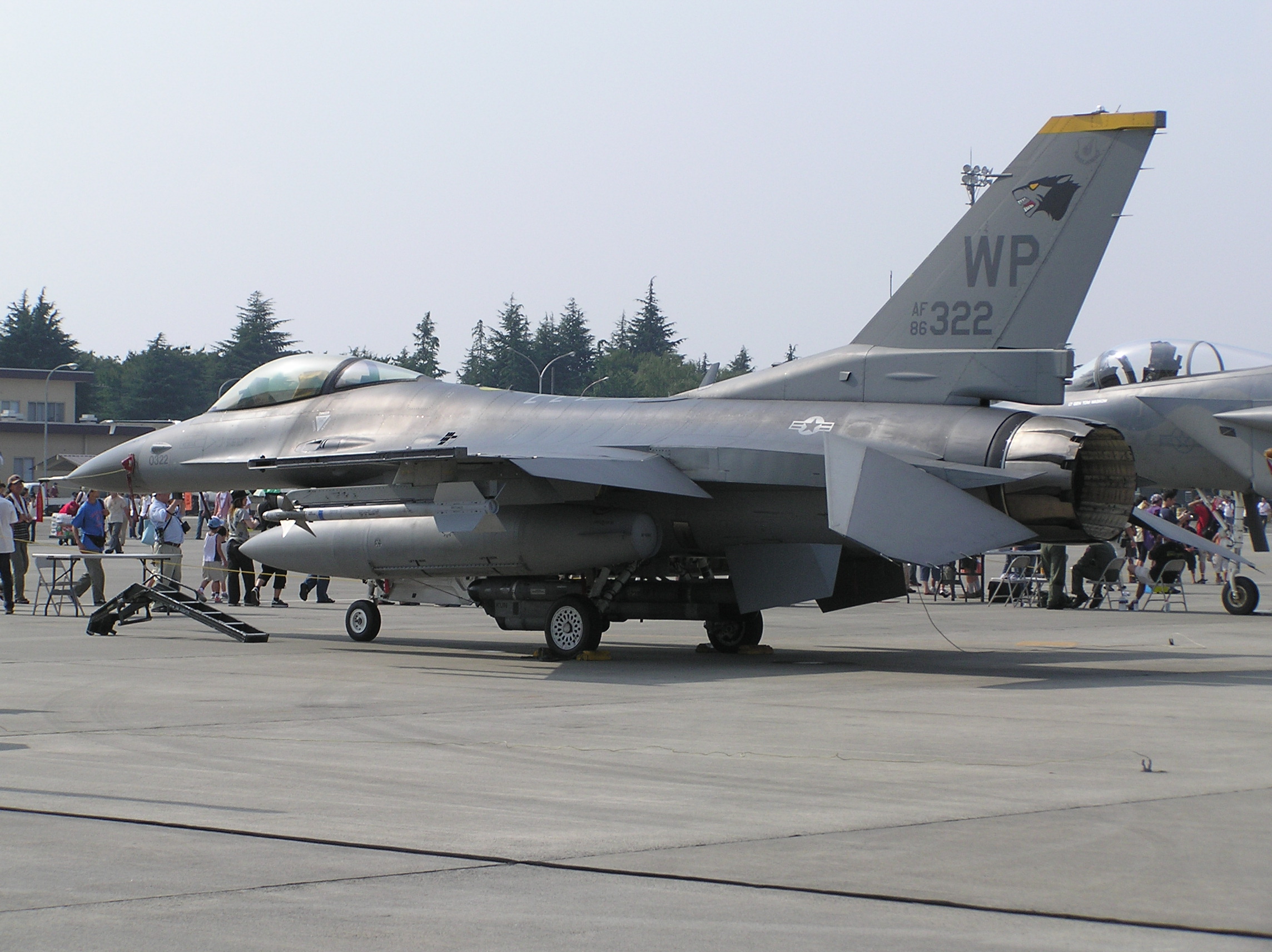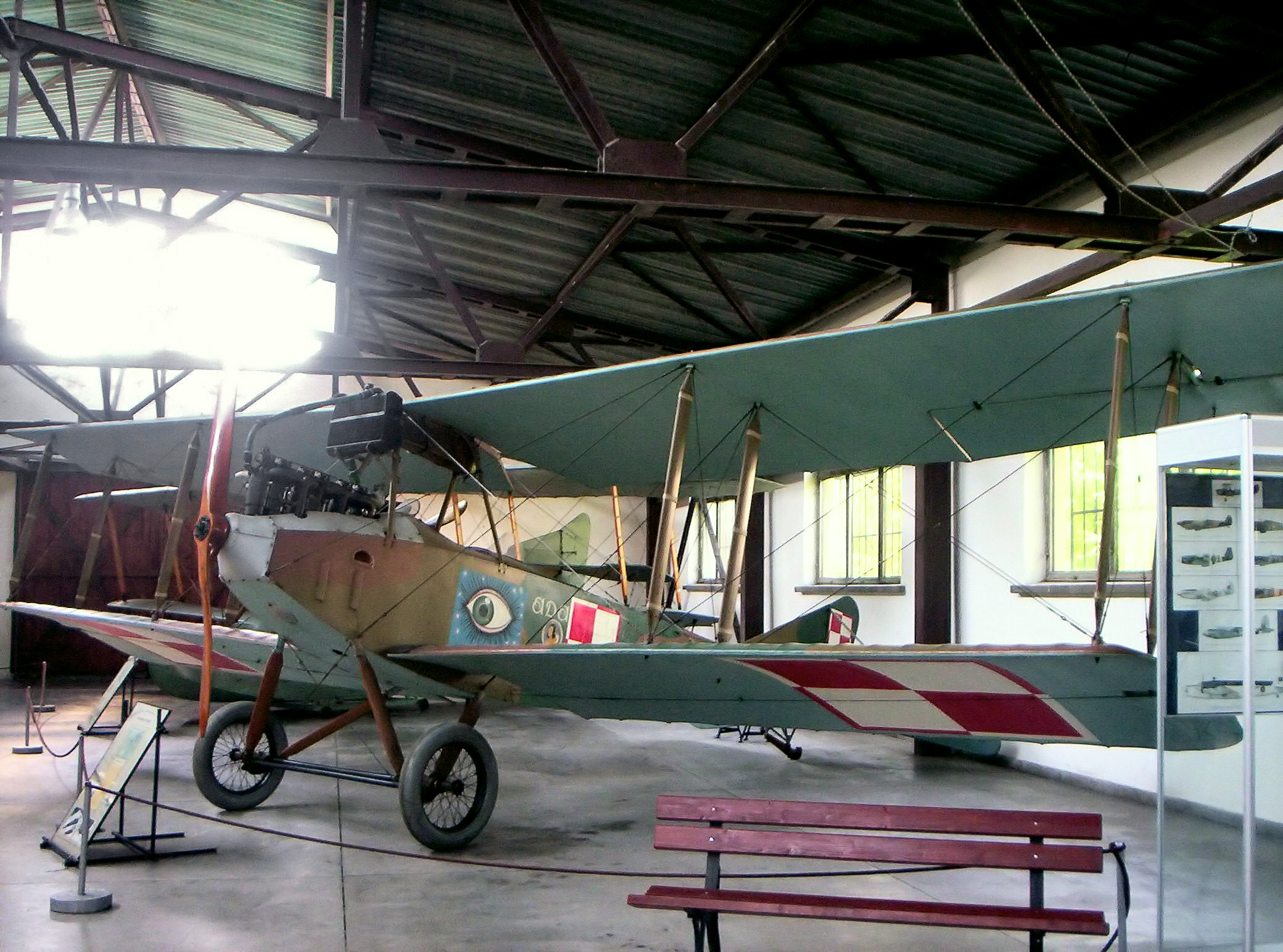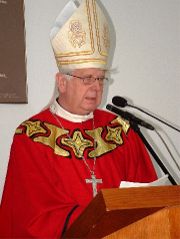|
IS-B Komar
The single-seat Kocjan Komar (Gnat) intermediate trainer, designed in 1932, was the leading and most produced sailplane in pre-war Poland. Production was resumed after World War II as the IS-B Komar and it remained in use until 1965. Development Antoni Kocjan designed the Komar in 1932 as an intermediate trainer. Built by Warsztaty Szybowcowe (WS) (), the prototype first flew in March 1933 and an initial batch of four more followed. Its handling and cross-country performance proved excellent and WS moved to serial production, with sixty more completed before the Germany, German invasion in 1939, along with another twenty by SWS at Bielsko and unknown numbers built under WS licences in Bulgaria, Estonia, Finland, State of Palestine, Palestine and Yugoslavia. Some early structural failures were traced to a maximum diving speed of only , easily exceeded in cloud, so in 1937 Kocjan responded with the strengthened and slightly heavier Komar Bis which also included a cockpit better ... [...More Info...] [...Related Items...] OR: [Wikipedia] [Google] [Baidu] |
WikiProject Aircraft
A WikiProject, or Wikiproject, is a Wikimedia movement affinity group for contributors with shared goals. WikiProjects are prevalent within the largest wiki, Wikipedia, and exist to varying degrees within sister projects such as Wiktionary, Wikiquote, Wikidata, and Wikisource. They also exist in different languages, and translation of articles is a form of their collaboration. During the COVID-19 pandemic, CBS News noted the role of Wikipedia's WikiProject Medicine in maintaining the accuracy of articles related to the disease. Another WikiProject that has drawn attention is WikiProject Women Scientists, which was profiled by '' Smithsonian'' for its efforts to improve coverage of women scientists which the profile noted had "helped increase the number of female scientists on Wikipedia from around 1,600 to over 5,000". On Wikipedia Some Wikipedia WikiProjects are substantial enough to engage in cooperative activities with outside organizations relevant to the field at issue. For e ... [...More Info...] [...Related Items...] OR: [Wikipedia] [Google] [Baidu] |
All-flying Tail
A stabilator is a fully movable aircraft horizontal stabilizer. It serves the usual functions of longitudinal stability, control and stick force requirements otherwise performed by the separate parts of a conventional horizontal stabilizer and elevator. Apart from reduced drag, particularly at high Mach numbers, it is a useful device for changing the aircraft balance within wide limits, and for reducing stick forces. Stabilator is a portmanteau of ''stabilizer'' and ''elevator''. It is also known as an all-moving tailplane, all-movable tail(plane), all-moving stabilizer, all-flying tail(plane), all-flying horizontal tail, full-flying stabilizer, and slab tailplane. General aviation Because it involves a moving balanced surface, a stabilator can allow the pilot to generate a given pitching moment with a lower control force. Due to the high forces involved in tail balancing loads, stabilators are designed to pivot about their aerodynamic center (near the tail's mean quarter-chord ... [...More Info...] [...Related Items...] OR: [Wikipedia] [Google] [Baidu] |
Polish Aviation Museum
The Polish Aviation Museum ( pl, Muzeum Lotnictwa Polskiego w Krakowie) is a large museum of historic aircraft and aircraft engines in Kraków, Poland. It is located at the site of the no-longer functional Kraków-Rakowice-Czyżyny Airport. This airfield, established by Austria-Hungary in 1912, is one of the oldest in the world. The museum opened in 1964, after the airfield closed in 1963. Has been scored as eighth world's best aviation museum by CNN. For the first half century of its existence the museum used four hangars of the former airfield to display its exhibits. These buildings were not originally designed for this purpose and suffered from various inadequacies, notably insufficient heating in winter. The situation improved when a new main building for the museum opened on 18 September 2010. Collection The collection consists of over 200 aircraft as of 2005. Several of the aircraft displayed are unique on the world scale, including sailplanes and some 100 ai ... [...More Info...] [...Related Items...] OR: [Wikipedia] [Google] [Baidu] |
Stanisław Wielgus
Stanisław Wojciech Wielgus (born 23 April 1939) is a Polish prelate of the Catholic Church, who resigned his position as Archbishop of Warsaw on 6 January 2007, just one day after being installed in that post in a private ceremony, just before the start of his public installation, because of revelations that he cooperated with the Polish communist secret police decades earlier. He was Bishop of Płock from 1999 to 2007. Early years Stanisław Wielgus was born in Wierzchowiska, in what is today Lublin Region, on 23 April 1939. He was ordained a priest on 10 June 1962 by Bishop Piotr Kałwa. From 1962 to 1969 he worked as a parish priest while continuing his specialized studies. An expert in Polish philosophy and medieval philosophy, he spent thirty years teaching in the faculty of philosophy of the Catholic University of Lublin Beginning in 1989 he served three terms as rector there. He taught at the University of Munich, from 1973 to 1975 and again in 1978, where Professor ... [...More Info...] [...Related Items...] OR: [Wikipedia] [Google] [Baidu] |
Helsinki
Helsinki ( or ; ; sv, Helsingfors, ) is the Capital city, capital, primate city, primate, and List of cities and towns in Finland, most populous city of Finland. Located on the shore of the Gulf of Finland, it is the seat of the region of Uusimaa in southern Finland, and has a population of . The Helsinki urban area, city's urban area has a population of , making it by far the List of urban areas in Finland by population, most populous urban area in Finland as well as the country's most important center for politics, education, finance, culture, and research; while Tampere in the Pirkanmaa region, located to the north from Helsinki, is the second largest urban area in Finland. Helsinki is located north of Tallinn, Estonia, east of Stockholm, Sweden, and west of Saint Petersburg, Russia. It has History of Helsinki, close historical ties with these three cities. Together with the cities of Espoo, Vantaa, and Kauniainen (and surrounding commuter towns, including the eastern ... [...More Info...] [...Related Items...] OR: [Wikipedia] [Google] [Baidu] |
Tallinn
Tallinn () is the most populous and capital city of Estonia. Situated on a bay in north Estonia, on the shore of the Gulf of Finland of the Baltic Sea, Tallinn has a population of 437,811 (as of 2022) and administratively lies in the Harju ''maakond'' (county). Tallinn is the main financial, industrial, and cultural centre of Estonia. It is located northwest of the country's second largest city Tartu, however only south of Helsinki, Finland, also west of Saint Petersburg, Russia, north of Riga, Latvia, and east of Stockholm, Sweden. From the 13th century until the first half of the 20th century, Tallinn was known in most of the world by variants of its other historical name Reval. Tallinn received Lübeck city rights in 1248,, however the earliest evidence of human population in the area dates back nearly 5,000 years. The medieval indigenous population of what is now Tallinn and northern Estonia was one of the last " pagan" civilisations in Europe to adopt Christianit ... [...More Info...] [...Related Items...] OR: [Wikipedia] [Google] [Baidu] |
Wanda Modlibowska
Wanda is a female given name of Polish origin. It probably derives from the tribal name of the Wends.Campbell, Mike"Meaning, Origin, and History of the Name Wanda."''Behind the Name.'' Accessed on August 12, 2010. The name has long been popular in Poland where the legend of Princess Wanda has been circulating since at least the 12th century.Kruszewska, Albina I. & Coleman, Marion M"The Wanda Theme in Polish Literature and Life."''American Slavic and East European Review,'' Vol. 6, No. 1/2 (May, 1947), pp. 19-35. The American Association for the Advancement of Slavic Studies. Accessed on August 12, 2010. In 1947, Wanda was cited as the second most popular name, after Mary, for Polish girls, and the most popular from Polish secular history. The name was made familiar in the English-speaking world by the 1883 novel ''Wanda'', written by Ouida, the story line of which is based on the last years of the Hechingen branch of the Swabian House of Hohenzollern. [...More Info...] [...Related Items...] OR: [Wikipedia] [Google] [Baidu] |
Fin (aeronautics)
An aircraft stabilizer is an aerodynamic surface, typically including one or more movable control surfaces, that provides longitudinal (pitch) and/or directional (yaw) stability and control. A stabilizer can feature a fixed or adjustable structure on which any movable control surfaces are hinged, or it can itself be a fully movable surface such as a stabilator. Depending on the context, "stabilizer" may sometimes describe only the front part of the overall surface. In the conventional aircraft configuration, separate vertical (fin) and horizontal (tailplane) stabilizers form an empennage positioned at the tail of the aircraft. Other arrangements of the empennage, such as the V-tail configuration, feature stabilizers which contribute to a combination of longitudinal and directional stabilization and control. Longitudinal stability and control may be obtained with other wing configurations, including canard, tandem wing and tailless aircraft. Some types of aircraft are stabiliz ... [...More Info...] [...Related Items...] OR: [Wikipedia] [Google] [Baidu] |
Balanced Rudder
Balanced rudders are used by both ships and aircraft. Both may indicate a portion of the rudder surface ahead of the hinge, placed to lower the control loads needed to turn the rudder. For aircraft the method can also be applied to elevators and ailerons; all three aircraft control surfaces may also be mass balanced, chiefly to avoid aerodynamic flutter. Ships A balanced rudder is a rudder in which the axis of rotation of the rudder is behind its front edge. This means that when the rudder is turned, the pressure of water caused by the ship's movement through the water acts upon the forward part to exert a force which increases the angle of deflection, so counteracting the pressure acting on the after part, which acts to reduce the angle of deflection. A degree of semi-balance is normal to avoid rudder instability i.e. the area in front of the pivot is less than that behind. This allows the rudder to be moved with less effort than is necessary with an unbalanced rudder. The ... [...More Info...] [...Related Items...] OR: [Wikipedia] [Google] [Baidu] |
Trailing Edge
The trailing edge of an aerodynamic surface such as a wing is its rear edge, where the airflow separated by the leading edge meets.Crane, Dale: ''Dictionary of Aeronautical Terms, third edition'', page 521. Aviation Supplies & Academics, 1997. Essential flight control surfaces are attached here to control the direction of the departing air flow, and exert a controlling force on the aircraft. Such control surfaces include ailerons on the wings for roll control, elevators on the tailplane controlling pitch, and the rudder on the fin controlling yaw. Elevators and ailerons may be combined as elevons on tailless aircraft. The shape of the trailing edge is of prime importance in the aerodynamic function of any aerodynamic surface. George Batchelor has written about: :“ ... the remarkable controlling influence exerted by the sharp trailing edge of an aerofoil on the circulation.”Batchelor, G. K. (1967), ''An Introduction to Fluid Dynamics'', p.438, Cambridge University Press. ... [...More Info...] [...Related Items...] OR: [Wikipedia] [Google] [Baidu] |
Aircraft Fabric Covering
Aircraft fabric covering is a term used for both the material used and the process of covering aircraft open structures. It is also used for reinforcing closed plywood structures. The de Havilland Mosquito is an example of this technique, as are the pioneering all-wood monocoque fuselages of certain World War I German aircraft like the LFG Roland C.II in its wrapped ''Wickelrumpf'' plywood strip and fabric covering. Early aircraft used organic materials such as cotton and cellulose nitrate dope; modern fabric-covered designs usually use synthetic materials such as Dacron and butyrate dope for adhesive. Modern methods are often used in the restoration of older types that were originally covered using traditional methods. Purpose/requirements The purposes of the fabric covering of an aircraft are: * To provide a light airproof skin for lifting and control surfaces. * To provide structural strength to otherwise weak structures. * To cover other non-lifting parts of an airc ... [...More Info...] [...Related Items...] OR: [Wikipedia] [Google] [Baidu] |
Plywood
Plywood is a material manufactured from thin layers or "plies" of wood veneer that are glued together with adjacent layers having their wood grain rotated up to 90 degrees to one another. It is an engineered wood from the family of manufactured boards which include medium-density fibreboard (MDF), oriented strand board (OSB) and particle board (chipboard). All plywoods bind resin and wood fibre sheets (cellulose cells are long, strong and thin) to form a composite material. This alternation of the grain is called ''cross-graining'' and has several important benefits: it reduces the tendency of wood to split when nailed at the edges; it reduces expansion and shrinkage, providing improved dimensional stability; and it makes the strength of the panel consistent across all directions. There is usually an odd number of plies, so that the sheet is balanced—this reduces warping. Because plywood is bonded with grains running against one another and with an odd number of composite part ... [...More Info...] [...Related Items...] OR: [Wikipedia] [Google] [Baidu] |





